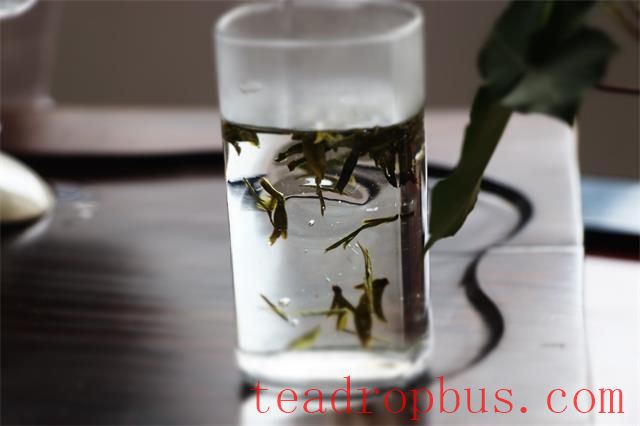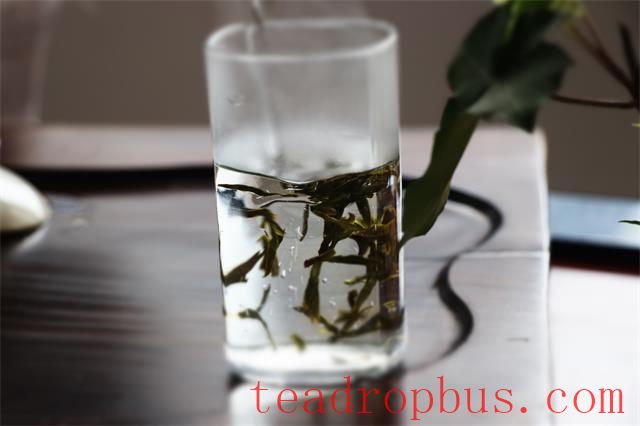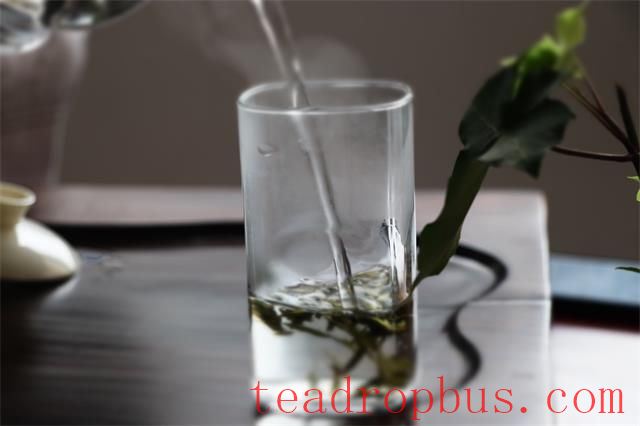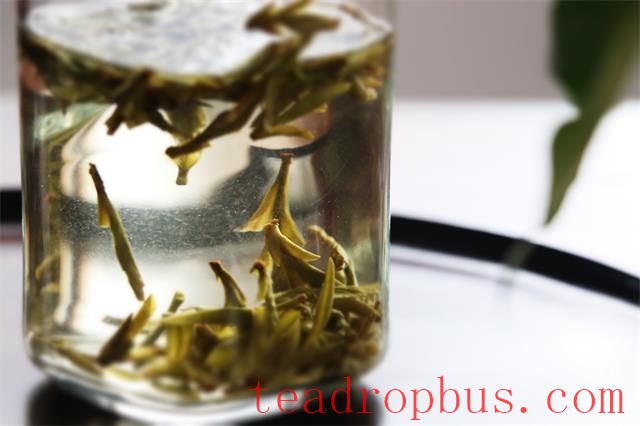The top ten famous high-quality green teas include: West Lake Longjing, Huangshan Maofeng, Anji White Tea, Xinyang Maojian, Biluochun, Lushan Cloud Mist, Liuan Guapian, Zuyeqing, Taiping Houkui, and Duyun Maojian. I wonder how many of these you have tried?

Three Common Tea Placement Methods for Green Tea:
1. Top Placement Method
Infuse water → Add tea
The “top placement” method involves first filling the cup to about seven-tenths full with water at the appropriate temperature, then adding the tea. Green tea should be handled with water at 85°C; the finer the quality of the green tea, the lower the required water temperature.
Suitable for: Teas that are heavy in body and rich in downy tips, such as Biluochun and Xinyang Maojian, among other high-quality green teas.
Advantages: After adding the tea, you can avoid having it scalded by too high a water temperature and fully appreciate the process of the leaves sinking.

2. Middle Placement Method
Warm the cup → Add tea → Rinse tea → Infuse
The “middle placement” method involves first infusing about one-third of the cup with water at the appropriate temperature, then adding the tea. Gently swirl the tea in the cup to moisten it, allowing the leaves to slowly unfurl before topping up the water to about seven-tenths full.
Suitable for: Finely shaped but tightly packed, flat or young teas with a bud and one or two leaves, such as West Lake Longjing, Anji White Tea, and Liuan Guapian.
Advantages: Using this brewing method, you don't need to worry about fresh, delicate green teas becoming astringent due to overly hot water.

3. Bottom Placement Method
Add tea → Infuse
The “bottom placement” method involves first adding an appropriate amount of tea, then infusing it with water at the appropriate temperature to about seven-tenths full, using a glass cup or porcelain covered bowl. Gently swirl to thoroughly wet the tea, then allow the leaves to naturally unfurl.
Suitable for: Loosely packed or less finely shaped common green teas.
Advantages: This is a more common brewing method that allows for a fuller tea flavor.

Brewing Tips
The brewing process for green tea is very particular about temperature. Since green teas are made from new leaves and tender shoots, overly hot water can overcook the tea, causing changes and loss of its components, which affects the nutritional value and taste of the tea broth. The ideal water temperature for brewing green tea is 85°C, and it's best to drink it freshly brewed. In green teas, amino acids that impart a sweet taste dissolve quickly, so the optimal number of infusions for green tea is the first three.
The amount of green tea used depends on the size of the teaware, the type of tea, and personal preference. Generally, less is used compared to other types of tea, with a common ratio of 1:50. Beginners can try different amounts to find their preferred tea concentration.